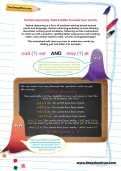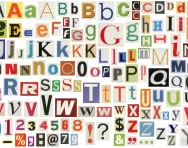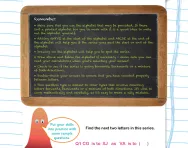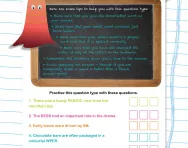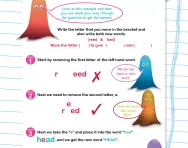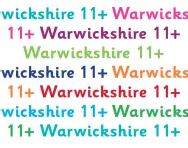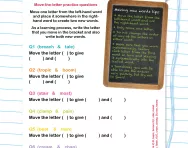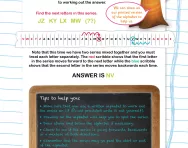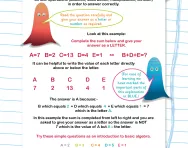TheSchoolRun.com closure date
As we informed you a few months ago, TheSchoolRun has had to make the difficult decision to close due to financial pressures and the company has now ceased trading. We had hoped to keep our content available through a partnership with another educational provider, but this provider has since withdrawn from the agreement.
As a result, we now have to permanently close TheSchoolRun.com. However, to give subscribers time to download any content they’d like to keep, we will keep the website open until 31st July 2025. After this date, the site will be taken down and there will be no further access to any resources. We strongly encourage you to download and save any resources you think you may want to use in the future.
In particular, we suggest downloading:
- Learning packs
- All the worksheets from the 11+ programme, if you are following this with your child
- Complete Learning Journey programmes (the packs below include all 40 worksheets for each programme)
You should already have received 16 primary school eBooks (worth £108.84) to download and keep. If you haven’t received these, please contact us at [email protected] before 31st July 2025, and we will send them to you.
We are very sorry that there is no way to continue offering access to resources and sincerely apologise for the inconvenience caused.
Verbal reasoning practice: add a letter
What is verbal reasoning in the 11 plus test?
Verbal reasoning is a part of the 11 plus test where children are asked questions to show how well they understand and use language. They might have to figure out the meanings of words, spot similarities or differences between words, or complete sentences with the right words. It's like a puzzle, using words and sentences to see how well they can think with language.
What are some examples of verbal reasoning?
here are some examples of verbal reasoning questions that might appear in the 11 plus test:
- Analogies: Cat is to kitten as dog is to _____? (Possible answers: puppy, kitten, fur, bark)
- Synonyms and antonyms: Choose the word most similar in meaning to 'happy'. (Possible answers: joyful, sad, angry, excited)
- Word relationships: If cat is to meow, then dog is to _____? (Possible answers: bark, purr, wag, chase)
- Completing sentences: The sun shines during the _____. (Possible answers: day, night, winter, rain)
- Decoding words: What word is formed by rearranging the letters in 'listen'? (Possible answer: silent)
- Reading comprehension: Read the passage and answer the questions that follow.
How will this verbal reasoning worksheet help my child?
It's common to come across a verbal reasoning question in the 11 plus test that asks your child to insert a missing letter. This teacher-created resource goes over this skill and provides an excellent opportunity for your child to practise and become confident with this question type.
